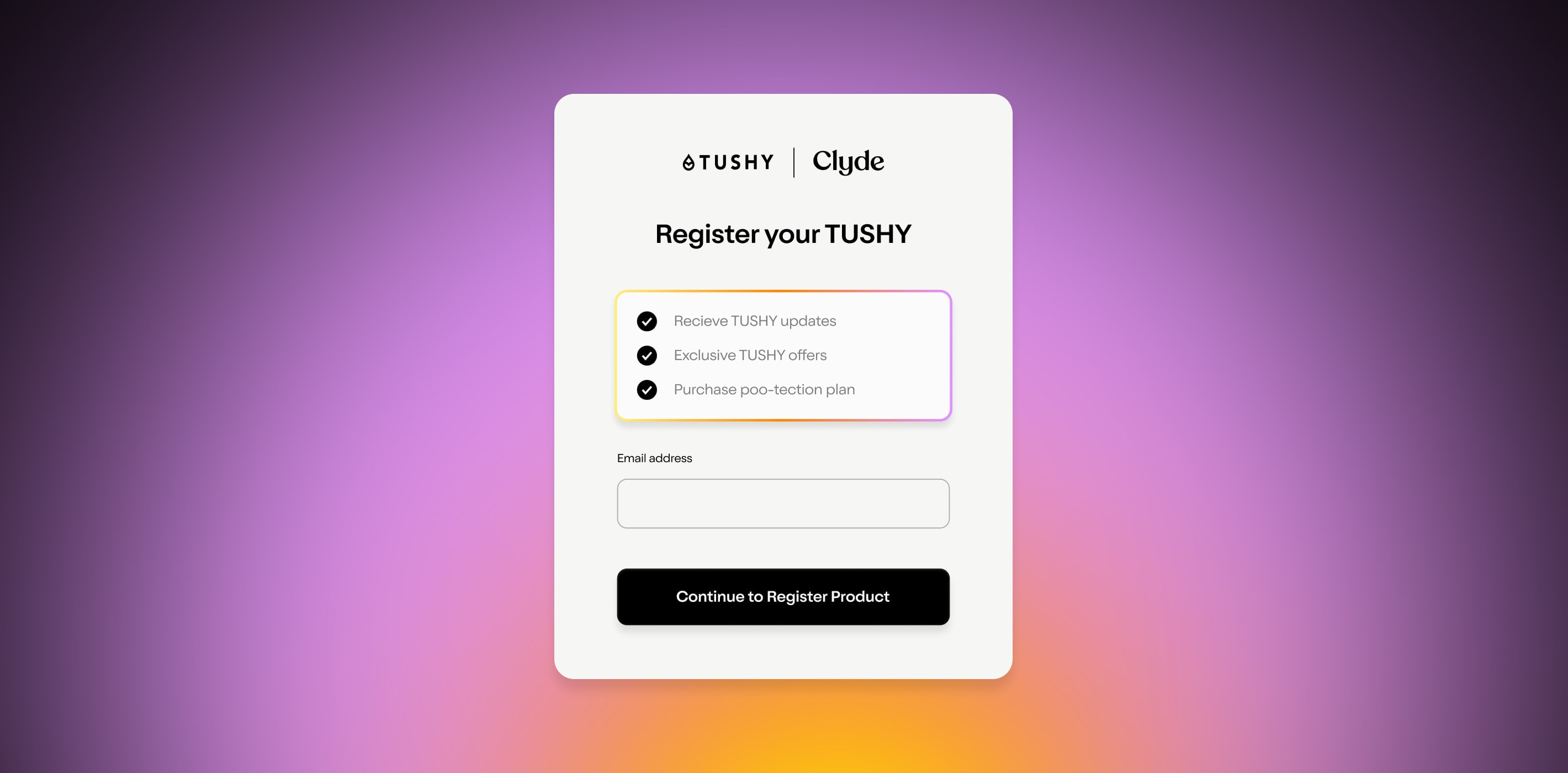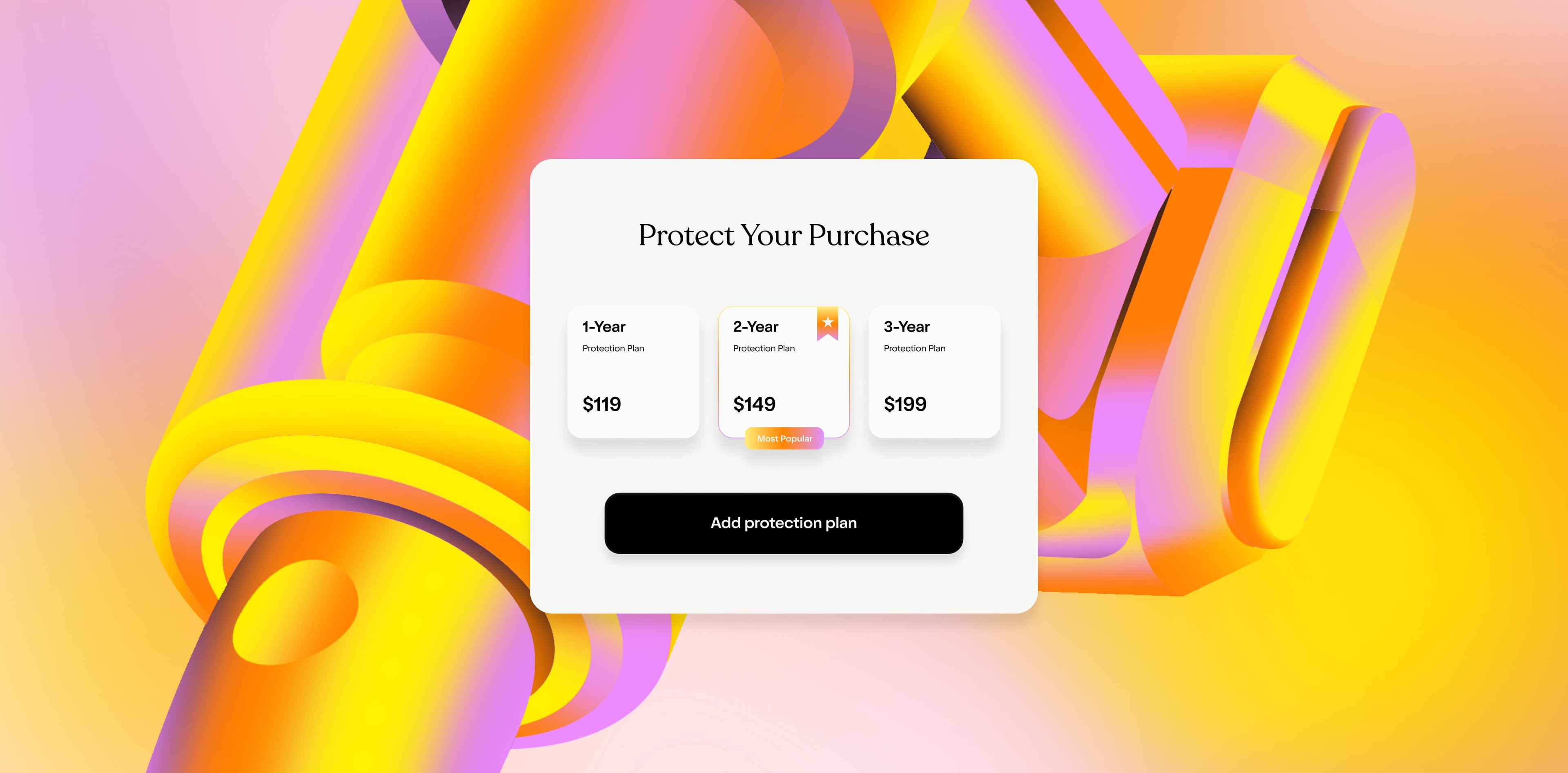Seventy two percent of all Americans use social media, per Pew Research. That number spikes even higher in the under-30 cohort, as you may expect.
But one cohort has them beat: companies. 83% of B2B companies are on social media, per a 2021 literature review.
And why wouldn’t they be? Social media is the great democratizer. (At least, most of the time .) No matter whether you’re an enterprise or a SMB, you can get your message out on social media. And done well, posting on social media can connect you to a passionate community of would-be brand advocates and buyers.
Companies use social media for two main purposes:
To build brand awareness. That’s your traditional social media marketing: posting content designed to get in front of as many people as possible, so that they can learn about your company and its offerings. This goal is usually owned by a marketing team.
To generate revenue. That’s what the industry is calling social selling, or the practice of forming relationships with prospective clients and selling to them. This goal is usually owned by a sales team.
You know about social media marketing; that’s not new. Here, we’re going to look at the rise of social selling, covering why it works, what it looks like, and how to get started doing it.
What is social selling?
Social selling is using social media to form relationships with prospective customers.
We asked Ashley Scorpio, Vice President of Partnerships at Hawke Media, who joined our Walking the Roadmap podcast , to explain how she sees SMBs using social selling:
“It’s not just the typical social media marketing, promoting, shameless plugs of your products or your brand,” she says. “It’s also not the advertising, or paid ads when you’re promoting deals or products.”
It’s about having a “baseline presence, a uniform look and feel” to your business’s online engagement.
At the end of the day, it’s “good old-fashioned sales: relationship and rapport building, through social media channels,” which can include community management, too.
It might sound obvious—you see brands doing it all the time. Social selling shows up as:
B2B salespeople and brands regularly posting on LinkedIn and tagging other people—or companies—in their comments, like this post where a Zapier leader asked for partner relationship management (PRM) recommendations, a peer of theirs tagged Magentrix, and Magentrix’s brand account responded, providing helpful advice.
Big businesses responding directly to consumer on Twitter—not for customer service (though that happen too), but to engage with their customers and build relationships, like this exchange from Wendy’s about getting more jelly flavors.
Small business filming TikToks answering FAQs, like this video of a candlemaker taking viewers behind the scenes of their production.
Social selling stops short of social commerce, or when consumers make purchases on a social media platform. (Like an influencer or a brand linking products shown in an Instagram post and their followers being able to buy them without leaving Instagram. Or like a brand hosting a livestream shopping event.)
Why is social selling popular now?
Consumers get more outreach than ever before. (We explored the declining returns on email marketing in our whitepaper “The Touchpoint Trojan Horse.” )
And during a socially-distanced pandemic, when the only way to make new relationships or to foster old ones was through virtual connection, we got used to spending more time online. It’s quite possible to form meaningful connections online—this literature review explores the positive psychosocial effects of online social interactions—and brands are starting to recognize that.
Nielsen reported on brands pulling back on digital channel spend in 2020, including big players like Adidas, and focusing more on “balancing brand building with sales-driving initiatives.”
Social selling is just that. That’s why Ashley told us that she thinks social selling is the future:
“I think social selling is key, and I also think it’s the way forward. We noticed once the COVID-19 pandemic really hit in 2020, that a number of the major platforms started to roll out specific tools to enable better social selling and experiences – both for the brands and businesses, and their customers.”
Social selling is especially popular now, in the aftermath of pandemic-induced changes to how we communicate, shop, and connect. But we were already trending in that direction, and the last two years have just accelerated the journey. A Dutch study published in 2019 asked media agencies about how brand communication in social media has changed. They pointed out that:
Social media is now full of “blurred lines between brand communication and other content,” where native advertising, content marketing, and social selling all overlap.
For years now, social media content has needed to be “less ‘commercial,’ but more organic and relevant.”
Ad campaigns are now “‘social first,’” meaning that all marketing campaigns start with anticipating social activation.
While social selling is currently focused on closing deals and converting buyers, we’ll likely see social media applied to other parts of the sales cycle, “such as need recognition, awareness, consideration, and evaluation.”
Why does social selling work?
Social selling works because social media works. We do create relationships there, we do use it for recommendations, and we do trust information we get from social media.
That’s especially important because digital ads aren’t as effective as brands would like to believe. In 2021, the Harvard Business Review reported that brand search ad effectiveness was overestimated by 4,100% for eBay ads and 4,000% for Facebook ads.
Let’s look at a few scientific studies to see exactly how social selling can positively impact brand performance—and sales:
A study that surveyed 277 users of the Victoria’s Secret Facebook page found that user-generated content found on the brand pages, especially peer recommendations and social support (comments, likes), can have “significant positive effects” on consumer trust of brands.
A study that looked at the use of Snapchat by college-aged consumers found that in 2018, Snapchat was considered the most intimate, casual, and dynamic platform. That perceived intimacy between consumers and brands on the platform means that companies who advertise on Snapchat can see their audience’s intent to purchase increase.
An analysis of 10,750 branded social media posts in Indonesia found that interactive branded posts get more responses than informative messages. That means that community activation—like asking questions, sharing quizzes, or soliciting input—is a better social selling tool than solely posting about your products.
A study of 1,598 Twitter posts found that consumers don’t expect larger companies to “talk to” individuals on social media in the same way that they expect SMBs to, and that when enterprises do use social selling, consumers value it more than they do when SMBs engage in the practice. But since consumers trust SMBs more, on average, those businesses can have great success using social selling to convince customers to purchase their product.
Facebook, Snapchat, Twitter…there’s no shortage of social media platforms that can be used for social selling, and while each one requires a slightly different approach, the overall equation for success is the same.
The formula for success in social selling is…
An authentic, intimate tone + customer-first messaging + community activation.
An example: social selling on LinkedIn
If you have a LinkedIn account, you’ve probably seen examples of that platform’s own version of social selling. LinkedIn recently shared data about how salespeople use its platform:
78% of social sellers outsell their peers who don’t use social media
People with complete LinkedIn profiles were twice as likely to meet or exceed their sales targets
82% of buyers are more likely to consider a brand if their salesperson has an informative LinkedIn profile
Salespeople who conduct 15 lead searches on that platform per day are reaching their quota twice as fast—and social selling leaders are 51% more likely to reach quota
LinkedIn has even come up with a tool to measure individual people’s sales success, called its Social Selling Index . You can get yours for free here .
This is my Social Selling Index. Not that impressive—apparently I don’t engage with enough posts on the platform, and need to up my commenting / liking / resharing. Luckily for me, I don’t use LinkedIn for lead generation!
How can I get started with social selling?
If your brand has any social media accounts, you probably already do some social selling. Here are some ways that your branded accounts can be more purposeful towards that goal.
5 ways brands can practice social selling
Set up social listening alerts. Google alerts can inform you when customers are mentioning your brand, giving you the opportunity to either solve problems (with your customer service team) or look for a sale.
Try shoppable quizzes. This form of content, says Hawke Media’s Ashley Scorpio, is a great way to get to know your customer and build useful, first-party data on what they’re interested in, which can then inform future product decisions.
Share user-generated content (UGC), especially testimonials and reviews. Reviews are more important than ever, says Ashley, since customer consideration periods are getting longer. (Her company’s data showed consumers starting to research Christmas presents in April!) “Looking at UGC, you’re seeing that what you actually get looks like the beautiful, well-lit product shots the brands are pushing out on their channel and through ads,” she says.
Use social channels to distribute content marketing. Turn your blog posts or ebooks into short, shareable posts, infographics, and Tweet threads to maximize your content ROI and to provide a steady stream of interesting, educational content to your audience.
Be cognizant of your response time, and other metrics. Facebook has rolled out new tools to provide transparency to consumers on how businesses use their platform, including a response time metric and accompanying badge earned by companies whose response time is 15 minutes or less. Know what metrics are visible to your consumers and work to keep them favorable.
4 ways individual salespeople can practice social selling
Join groups relevant to your target audience on platforms like Facebook andLinkedIn and participate. If you’re a salesperson for an outdoor retailer, for instance, you could join hiking affinity groups. Don’t constantly name-drop your company’s products, but do engage authentically with questions and posts in the group so you can come to be seen as a trusted source of information.
Regularly like, comment, and share other people’s content. These “lighter” interactions don’t come across as overbearing or interpersonal, but do get your name on the newsfeeds of prospective clients.
Post on a schedule. It doesn’t have to be the same time every day, but you should be regularly posting. Some sales professionals suggest scheduling a 30-minute block every day to post, comment, and otherwise engage with your professional social media platforms.
Optimize your account to sell. Make sure your profile photo is a good headshot and that your company is tagged in your bio. You want to ensure your prospects see you professionally, not personally. You can also sign up for business engagement tools, like Instagram’s suite of business tracking metrics.
See you on the sales floor
Whether you’re running a small business or an international brand, you can’t ignore the impact of social media on your sales goals.
For another way to drive revenue, consider offering product protection with Clyde. Schedule a demo today.
SIGN UP FOR OUR NEWSLETTER


















